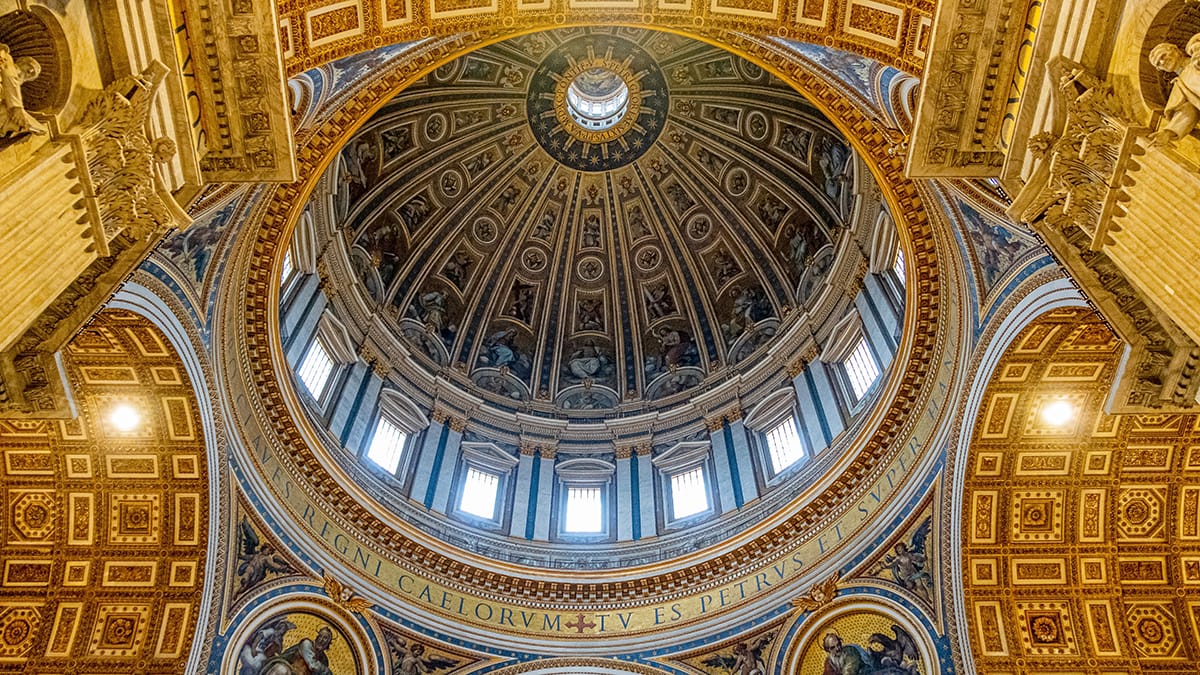Prophecy
Revelation
The Seventh Seal
The Fall of Rome
The Seven Trumpets
And when he had opened the seventh seal, there was silence in heaven about the space of half an hour. And I saw the seven angels which stood before God; and to them were given seven trumpets…
The Seventh Seal vision concerns the fall of Rome. Since this is the climax of the Seven Seals, which have dealt with Rome’s glory and decline in the previous six Seals, it is expanded upon in more detail. The prophecy accomplishes this by making the Seventh Seal a vision of seven angels sounding Seven Trumpets. As each Trumpet is sounded a new vision is revealed.
Since the prophecies of Daniel indicated that Rome would have two phases (a united iron phase, and a divided or mingled iron-and-clay phase), the Seven Trumpets deal with both. The first, or imperial, fall of Rome’s dominion is particularly outlined in the first six Trumpets. With its fall, the Sixth Trumpet in its second vision changes focus to the beginning of the fall of Papal Rome. The Seventh Trumpet, like the Seventh Seal, is a vision of seven angels, but this time pouring out Seven Vials of God’s wrath. Each of these Vials again reveals a further vision, again expanding the detail of the last Trumpet. The Seven Vials describe the final fall of the papal phase of Rome’s dominion.









